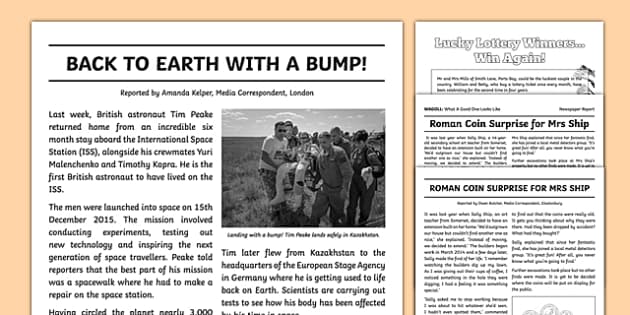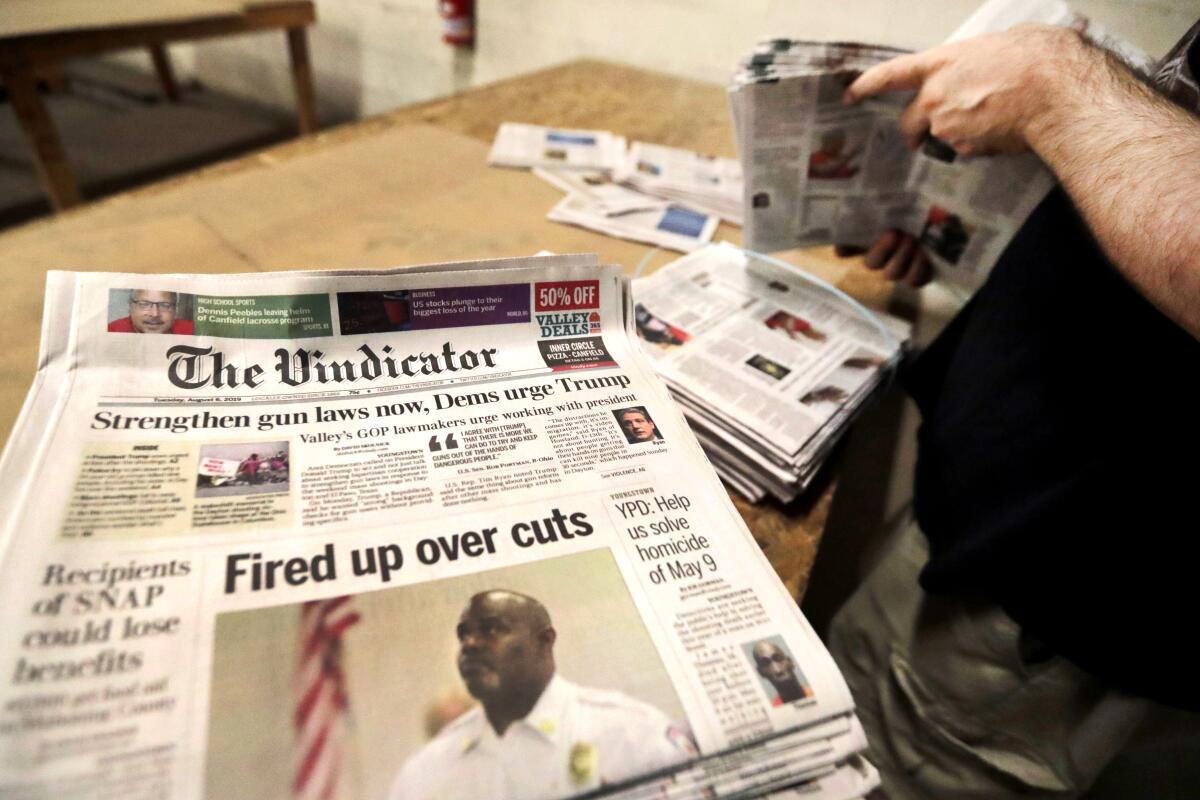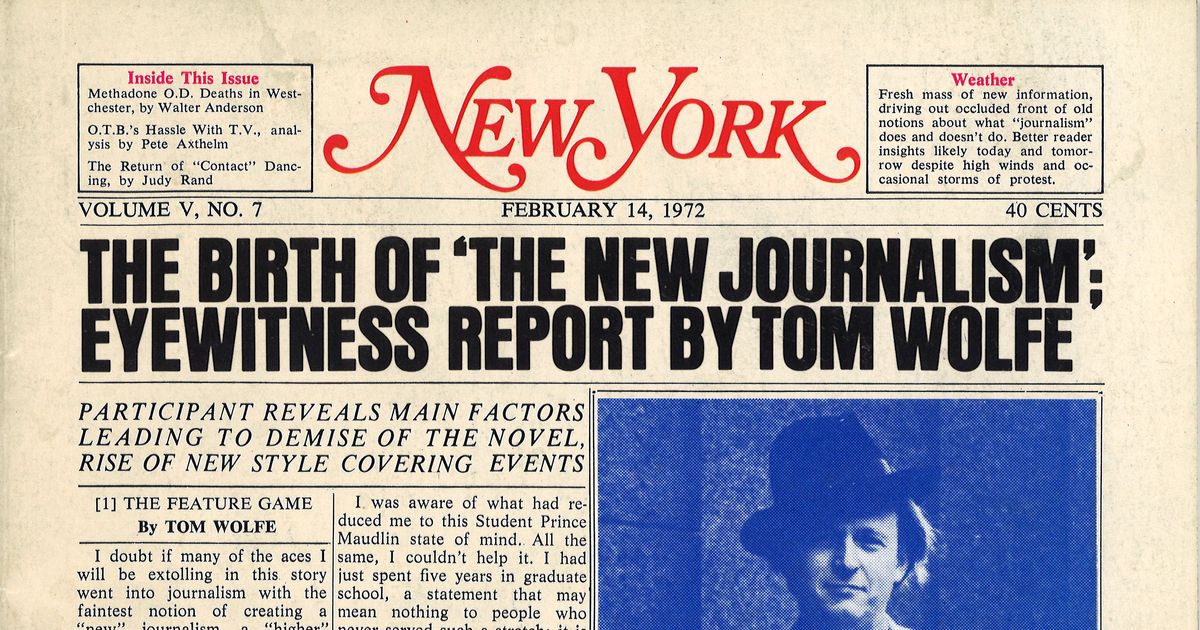Unknown Facts About News Articles
Unknown Facts About News Articles
Blog Article
Some Ideas on News Articles You Should Know
Table of ContentsThe 5-Second Trick For News ArticlesNot known Details About News Articles Examine This Report on News ArticlesThe Best Strategy To Use For News ArticlesSome Known Facts About News Articles.
Great understanding of different topics provides pupils an one-upmanship over their peers. Even though digital and social media are easily accessible, we must not forget just how crucial it is to check out the papers. Parents need to attempt and inculcate the behavior of reading a paper as an everyday routine to continue the heritage of the revered print medium.Information tales additionally contain at the very least one of the following essential features loved one to the designated audience: proximity, prominence, timeliness, human rate of interest, anomaly, or effect.
Within these limits, news stories also aim to be detailed. Other variables are involved, some stylistic and some derived from the media form. Amongst the larger and more highly regarded papers, fairness and balance is a major consider offering info. Commentary is generally restricted to a different section, though each paper might have a different overall angle.
Newspapers with an international target market, for example, often tend to make use of an extra official style of writing. News Articles.; typical style guides consist of the and the United States News Design Publication.
The Main Principles Of News Articles
Generally, journalists will certainly not utilize a long word when a short one will do. They utilize subject-verb-object construction and dazzling, energetic prose (see Grammar). They provide narratives, examples and metaphors, and they hardly ever depend on generalizations or abstract concepts. Information authors try to prevent utilizing the same word extra than once in a paragraph (in some cases called an "resemble" or "word mirror").
Headings occasionally omit the subject (e.g., "Jumps From Boat, Catches in Wheel") or verb (e.g., "Pet cat woman fortunate"). A subhead (additionally subhed, sub-headline, subheading, caption, deck or dek) can be either a subservient title under the major headline, or the heading of a subsection of the write-up. It is a heading that comes before the major message, or a team of paragraphs of the primary text.

Additional signboards of any of these kinds might appear later in the article (specifically on succeeding pages) to tempt more analysis. Such billboards are likewise used as pointers to the article in various other areas of the publication or site, or as advertisements for the piece in various other publication or sites. Regular structure with title, lead paragraph (summary in strong), various other paragraphs (details) and contact info.

Instance of a hard-lead paragraph NASA is suggesting one more room project. The company's spending plan demand, announced today, included a strategy to send an additional goal to the Moon. This moment the firm wishes to establish a lasting center as a jumping-off factor for other area journeys. The spending plan requests around $10 billion for the task.
The NASA statement came as the company requested $10 billion of appropriations for the project. An "off-lead" next page is the 2nd most important front web page information of the day. The off-lead shows up either in the leading left corner, or directly listed below the lead on the. To "bury the lead" is to begin the short article with background details or information of additional relevance to the readers, requiring them to read even more deeply right into a short article than they need to need to in go to this web-site order to find the vital points.
All about News Articles
Typical usage is that or 2 sentences each develop their very own paragraph. Reporters usually define the company or framework of a newspaper article as an inverted pyramid. The essential and most interesting aspects of a tale are put at the start, with sustaining information complying with in order of lessening importance.
It enables individuals to discover a topic to only the depth that their inquisitiveness takes them, and without the imposition of details or nuances that they could think about pointless, but still making that information available to much more interested visitors. The inverted pyramid framework likewise enables posts to be trimmed to any kind of approximate size during design, to fit in the space offered.
Some authors begin their tales with the "1-2-3 lead", yet there are several kinds of lead readily available. read this A twist can refer to several points: The last story in the news program; a "delighted" story to end the program.
Longer short articles, such as magazine cover short articles and the items that lead the within areas of a newspaper, are called. Feature tales vary from straight news in numerous methods. Foremost is the absence of a straight-news lead, the majority of the time. Rather than supplying the significance of a story up front, function writers might try to draw viewers in.
News Articles Things To Know Before You Get This
The journalist often details communications with interview topics, making the piece a lot more individual. A feature's very first paragraphs commonly connect a fascinating moment or event, as in an "anecdotal lead". From the particulars of an individual or episode, its sight quickly broadens to generalities about the tale's topic. The section that indicates what an attribute is about is called the or signboard.

The Editor's Tool kit: A Reference Overview for Beginners and Professionals (2001) Allan M. Siegal and William G. Connolly. The New York City Times Guidebook of Style and Usage: The Official Style Overview Utilized by the Writers and Editors of the World's Most Authoritative Newspaper (2002) M. L. Stein, Susan Paterno, and R.
Report this page